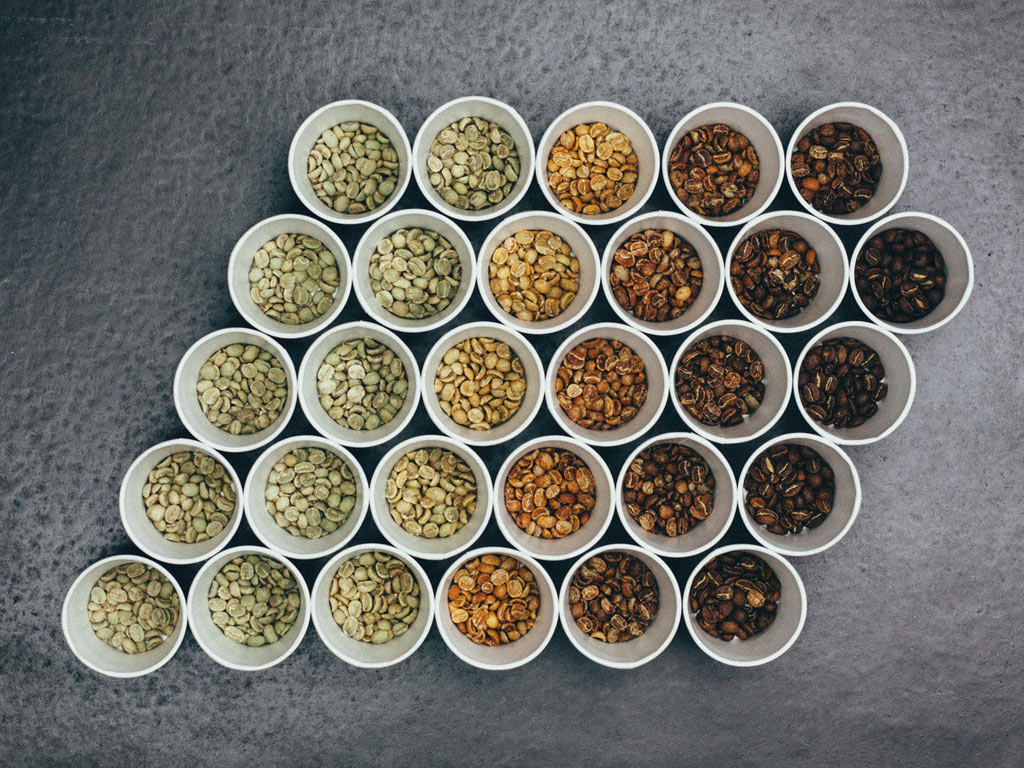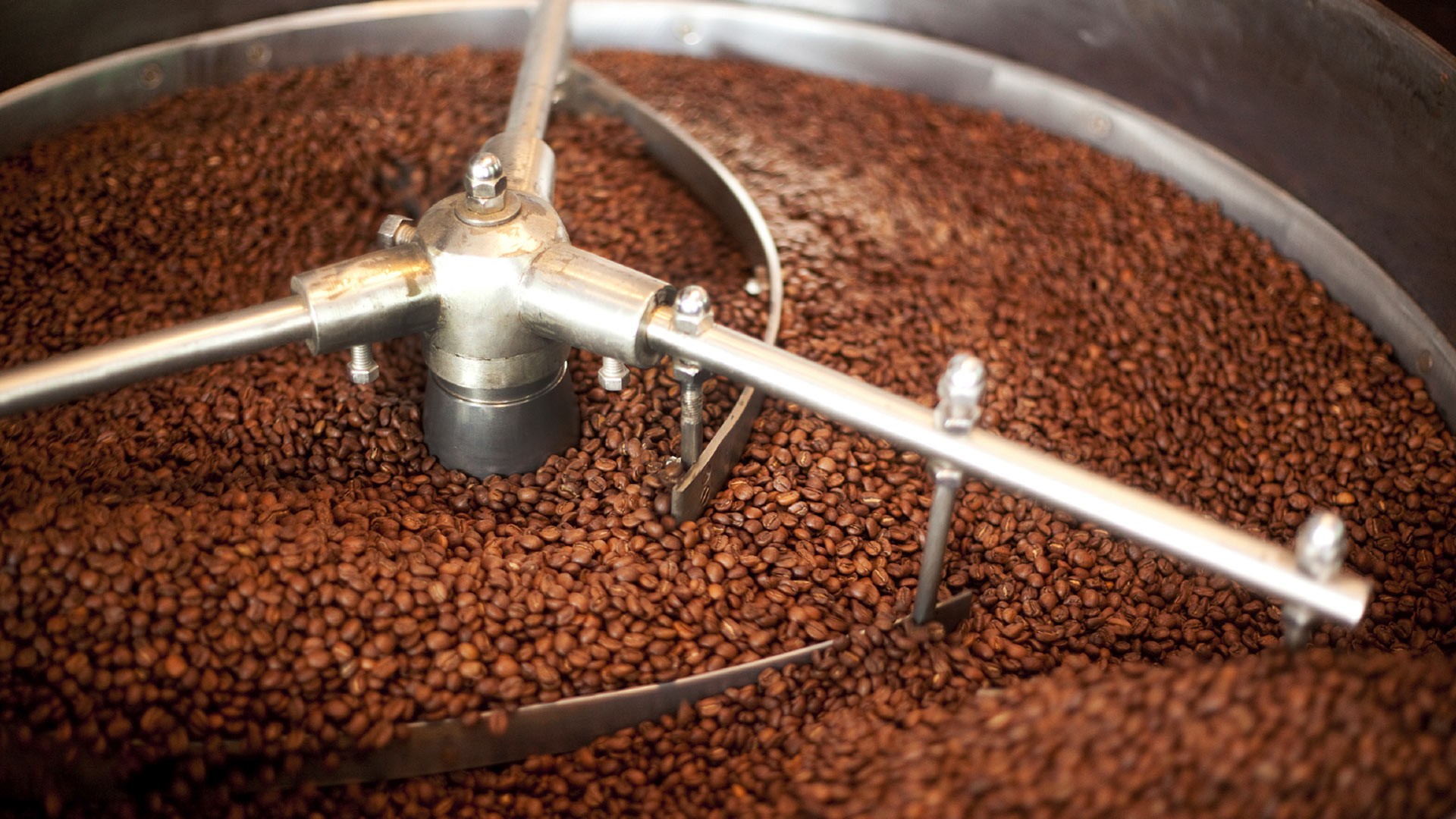Shopping Bag
0
- No products in the cart.


SUGARS
Many people talk about sweetness when describing a coffee and it is important to understand what happens to the naturally occurring sugars during roasting. Green coffee can contain reasonable quantities of simple sugars. Not all sugars are necessarily sweet to the taste, though simple sugars usually are. Sugars are quite reactive at roasting temperatures and, once the water has evaporated out of the bean, the sugars can begin to react to the heat in different ways. Some go through caramelization reactions, creating the caramel notes found in certain coffees.
It should be noted, however, that the sugars that react this way become less sweet, and will eventually start to add bitterness. Other sugars react with the proteins in the coffee in what are known as Maillard reactions. This is an umbrella term covering the browning reactions seen in roasting a piece of meat in the oven, for example, but also when roasting cocoa or coffee. By the time coffee has finished the first crack stage, there are few or no simple sugars left. They will all have been involved in various reactions resulting in a huge number of aromatic compounds.
ACIDS
Green coffee contains many different types of acids, some of which are pleasant to taste and some that are not. Of particular importance to the roaster are the chlorogenic acids (CGAs). One of the key goals of roasting is to try to react these unpleasant acids away without creating negative flavours, or driving off the desirable aromatic components of the coffee.
Some other acids are stable throughout the roasting process, such as quinic acid, which can add a pleasing, clean finish to a coffee.



